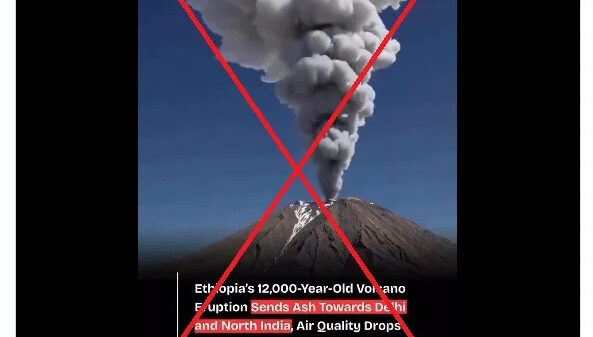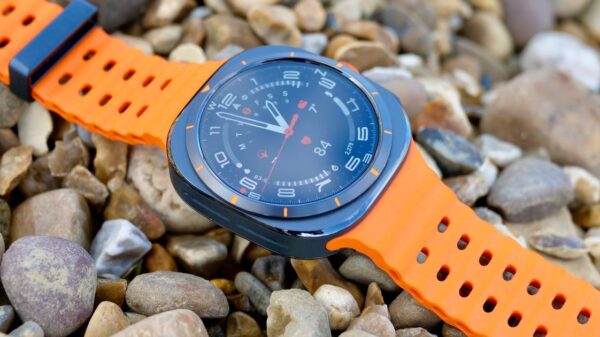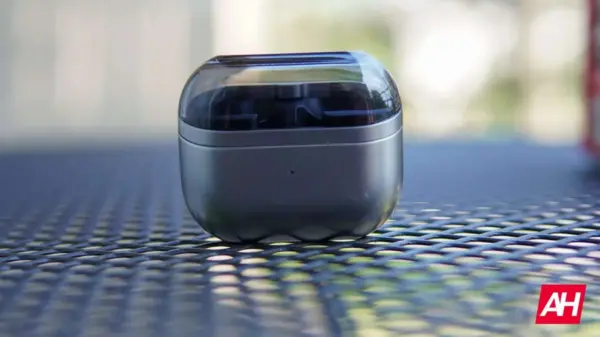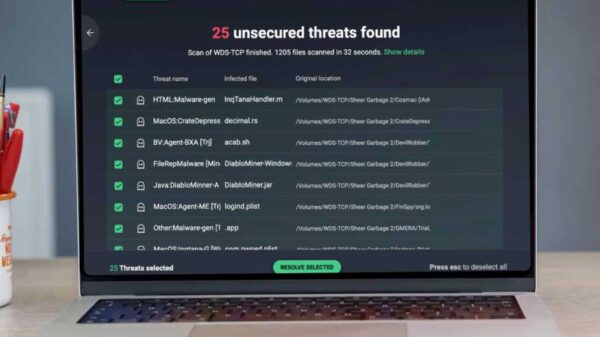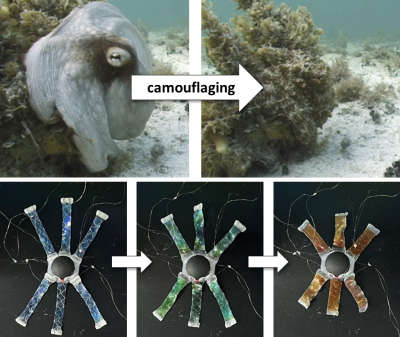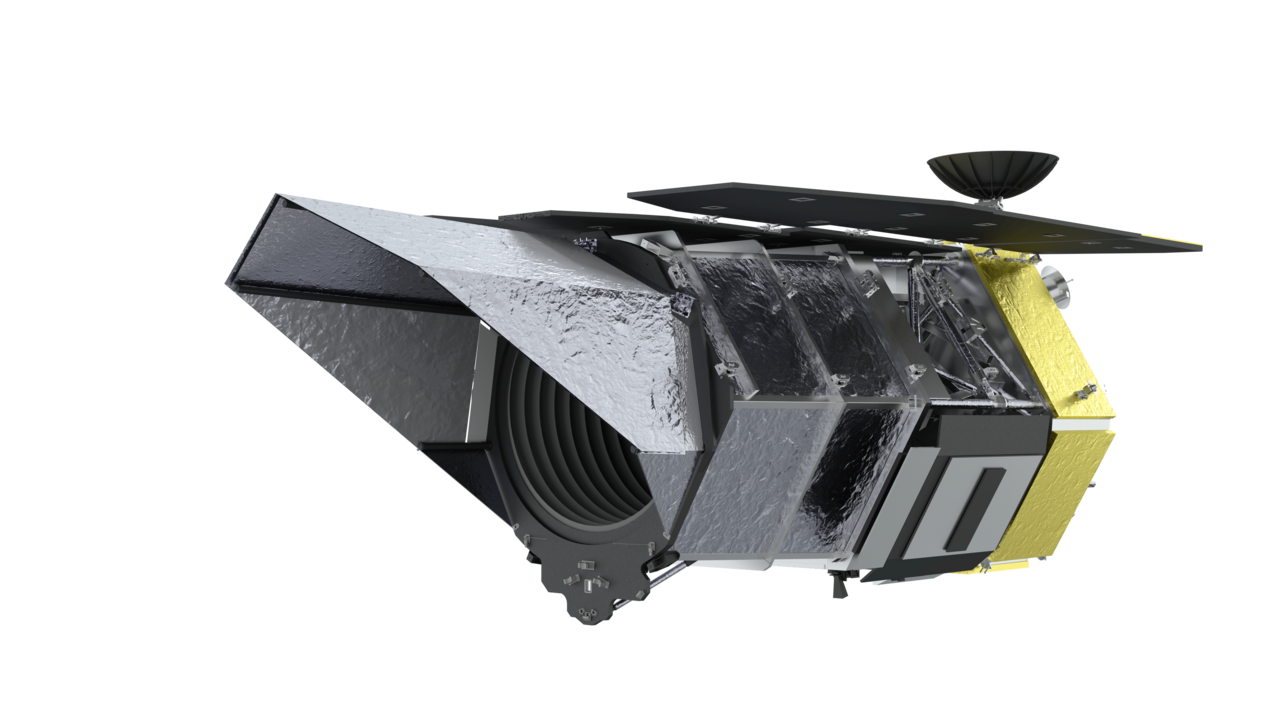NASA’s upcoming Nancy Grace Roman Space Telescope, set to launch in October 2026, will expand its mission beyond studying dark energy and exoplanets. This advanced observatory will play a crucial role in safeguarding Earth by tracking and analyzing potentially hazardous asteroids and comets. Positioned at the Earth-Sun L2 Lagrange point, approximately 1.5 million kilometers from Earth, it offers a stable gravitational environment to monitor near-Earth objects (NEOs).
The Roman Space Telescope’s capability to measure the physical properties of these celestial bodies with unparalleled precision makes it a significant asset in planetary defense. While existing telescopes can detect asteroids, Roman will determine their size, shape, composition, and precise orbital paths. Such detailed insights are vital for distinguishing between objects that could pose a threat and those that are harmless.
Collaborative Efforts in Planetary Defence
Roman will not operate in isolation; it will collaborate with two other significant asteroid detection initiatives to form a comprehensive planetary defense network. The Vera C. Rubin Observatory, already functional in Chile, employs visible light to survey the sky and is projected to identify over 100,000 new near-Earth objects. In tandem, the forthcoming NEO Surveyor mission will monitor in the mid-infrared spectrum, potentially uncovering between 200,000 and 300,000 NEOs, including some as small as 20 meters in diameter.
Each telescope contributes unique strengths to this collaborative effort. The Rubin Observatory excels in discovering new objects across vast areas of the sky, while NEO Surveyor specializes in detecting the thermal signatures of smaller asteroids that may not be visible in regular light. The Roman Space Telescope, with its high-resolution near-infrared capabilities, will provide the necessary follow-up observations to enhance our understanding of these celestial bodies.
Enhancing Asteroid Tracking and Characterization
One of the Roman Space Telescope’s key contributions will be to significantly refine our understanding of asteroid orbits. Current methods for tracking NEO trajectories will improve by two to three orders of magnitude, allowing for predictions of their future positions to become thousands of times more accurate. This enhanced precision is critical for assessing whether an asteroid identified today might pose a threat several decades later.
The telescope will also collaborate closely with NEO Surveyor to deliver precise size and brightness measurements of asteroids. By observing the same objects across different infrared wavelengths, the two telescopes can assess both the dimensions of an asteroid and the reflectiveness of its surface, which are essential factors for evaluating potential impact consequences.
Roman will even be capable of identifying the compositions and spectral types of the smallest near-Earth objects. This information is crucial for understanding the materials that asteroids are composed of, whether they are rocky, metallic, or icy. Such knowledge not only informs potential impact effects but also highlights their value as resources for future space exploration.
To achieve these ambitious goals, NASA will develop new data processing techniques tailored to analyze images of fast-moving objects. Unlike distant galaxies that appear static, asteroids move rapidly through Roman’s field of view, necessitating specialized software to accurately track and measure their properties.
The timing of these three missions presents a unique opportunity for planetary defense. Together, they will compile the most comprehensive census of potentially hazardous asteroids ever assembled. This knowledge is essential not only for protecting Earth from potential impacts but also for enhancing our understanding of the small bodies that remain from the formation of our Solar System.










